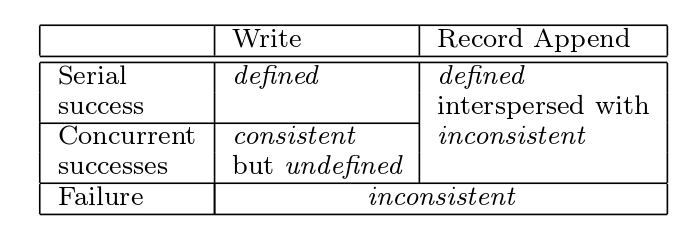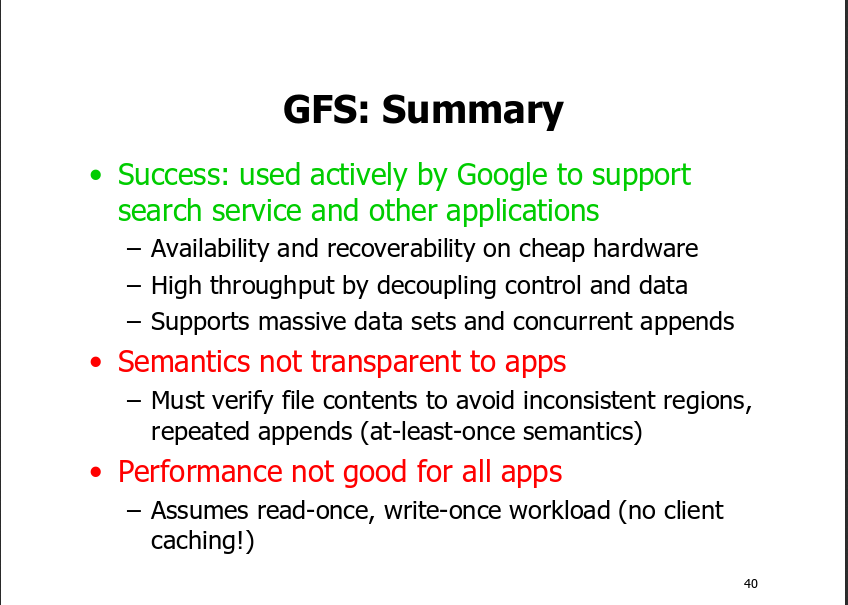https://leetcode.com/problems/word-break/
Word Break
Given a string s and a dictionary of words dict, determine if s can be segmented into a space-separated sequence of one or more dictionary words.
For example, given
s = "leetcode",
dict = ["leet", "code"].
Return true because "leetcode" can be segmented as "leet code".
DP Idea
You create a boolean array `f` of length `len(s)+1`. “`f[i] == True`” means substring `s[0:i-1]` can be matched successfully.
Jave code (Ref: https://leetcode.com/discuss/18904/java-implementation-using-dp-in-two-ways):
public class Solution {
public boolean wordBreak(String s, Set<String> dict) {
boolean[] f = new boolean[s.length() + 1];
Arrays.fill(f, false);
f[0] = true;
//Second DP
for(int i=1; i <= s.length(); i++){
for(int j=0; j < i; j++){
if(f[j] && dict.contains(s.substring(j, i))){
f[i] = true;
break;
}
}
}
return f[s.length()];
}
}
This algorithm takes O(N^2) time complexity and O(N) space.
Python Code Using DP (Ref: https://leetcode.com/discuss/23605/simple-dp-solution-in-python-with-description)
def word_break(s, words):
d = [False] * len(s)
for i in range(len(s)):
for w in words:
if w == s[i-len(w)+1:i+1] and (d[i-len(w)] or i-len(w) == -1):
d[i] = True
return d[-1]
This algorithm improves the time complexity to O(NK) but still uses O(N) space.
Another improved Python Code
class Solution(object):
def wordBreak(self, s, wordDict):
"""
:type s: str
:type wordDict: Set[str]
:rtype: bool
"""
break_idx = []
for i in xrange(len(s)):
if s[0:i+1] in wordDict:
break_idx.append(i)
else:
for b in break_idx:
if s[b+1:i+1] in wordDict:
break_idx.append(i)
break
return len(break_idx)>0 and break_idx[-1]== len(s)-1
This algorithm works better if you know there are only a few positions in `s` that can be segmented into words. (i.e., you know d[i]==True for only a small number of i, in the previous algorithm)
BFS Idea:
https://leetcode.com/discuss/8479/a-solution-using-bfs
But it is essentially similar to the DP idea. The time complexity is O(N^2).
Code
from collections import deque
class Solution(object):
def wordBreak(self, s, wordDict):
"""
:type s: str
:type wordDict: Set[str]
:rtype: bool
"""
l = deque([0])
visited = set()
while l:
n = l.popleft()
for word in wordDict:
start = n
end = start + len(word)
if s[start:end] == word and end not in visited:
if end == len(s):
return True
l.append(end)
visited.add(end)
return False
You can also use Trie (prefix tree) to solve this problem. (TODO)


